Have you ever wondered how stores set their prices on their products? You face the same challenge with your wood turnings. Your challenge is to price your product so that it will sell AND give you an appropriate return for your work. The post “The nuts and bolts of pricing your work” discusses the specific challenge of pricing your product so that you get an adequate return for your time, cost, and overhead in each sale.
On the other hand, this post looks at pricing strategies to configure prices and products in order to increase your sales. I recommend that your prices be consistent across all of your venues. That is, a similar item should sell at the same price at a craft show, from your studio, or in a local gallery. Most consignment arrangements make that a requirement as well. Obviously products with different characteristics will sell at different prices.
Refining your product prices
Even though we know there is no difference between $ 14.99 and $ 15.00 (more so since we have penny rounding in Canada) stores sell almost everything at the .99 or .97 mark. Research has shown that selling at $ 14.99 is better than selling at $ 15.00. It may be subconscious but the studies show consumers (that’s us when we’re not selling) buy more often when the price ends in .99 than .00. This might be a factor if you are selling on-line where PayPal, or other agents, track your transactions.
However you may sell more items at the “$9 dollar price break”. What I mean is that $9, 19, 29, and 39 will sell better than $10, 20, 30 and 40 dollars. Do you see what I mean? If you can sell only 10 at $10.00 items but you can sell 13 at $9.00 then you have sold $ 21.00 more. As long as the lower price is still giving you a good return, you are farther ahead with a slightly lower price tag. You could also sell at $9.50 if selling at $9.00 is too low.
Lucky Number 7
In general people have different responses to different numbers. Research shows that sevens are more effective than nines when selling. So items marked at $ 47 and $ 97 sell better than items marked at $49 or $99. However, avoid 6s in your price. Don’t price items at $ 67 or $69 if you can help it.
Have products at different price points
At a craft fair you can think of your products in steps as the price increases. Specific price breaks are where the consumer will not spend more than x for a product. If they have determined that $ 40.00 is their gift giving limit then if your entire product line is over $ 50 there is no chance for a sale. However if you have product at $ 37 you might make an extra sale. A range of prices in your booth will attract a greater variety of customers and give you opportunity for more sales.
At one show I attend there is a wood turner who only sells bowls. They are big, beautiful, lovely, bowls. They are designed well and some have inlay, segmenting, and other special features. Most of his bowls are over $ 75.00 and well worth it. Let’s say he makes about $ 500 at the show. That would be 6 or 7 sales over two days. He is very comfortable with a low sales volume but a high selling price on each item. His woodturning is for pleasure and the sales are just for fun. His goal in the show is to meet people and to cover the cost of his booth.
However, if selling your products is your business, you could double or triple your sales by having products in lower price ranges. Don’t throw away the high priced items. They are still distinctive and show your patrons the quality and expertise of your turnings. But add a few products below $ 30 and under $ 50 and you will see your total sales increase.
Try to produce products in the following ranges:
$ 5.00 and lower
This allows for impulse buying and making products affordable to all the people attending the show. Simple wooden tops might be in this range.
$ 15.00 and lower
This would be suitable for stocking stuffers and small thank you gifts. Products in this range are often complementary to larger purchases that the customer has made. Honey dippers, spurtles, ornaments, jewelry, wine bottle toppers, and pens could fit in this range, depending on design and materials.
$ 30.00 and lower
These products are worth more and may take more time to produce. The customer has to think about spending the money, but not too hard. One woodturner at a local show turns straight forward bowls, plates, trivets, in this price point. He is usually sold out on the first day of a two day show. Pens, jewelry, ornaments, and kitchen ware would fall into this price point if they are made with exotic woods or higher quality kits.
$ 50.00 range
This is usually a long term purchase. Items in the $50 range are quality work but not the highly intricate segmented turnings. Moderately size serving bowls, chip and dip platters that are simple in their turning would fit in this class. These are items that patrons purchase as gifts or for themselves. Having wedding wrapping paper or gift wrapped boxes in your display can act as an upsell for this price range.
$ 100.00 range
These products reflect your skill as a wood turner. These are your best work. These are the items people buy for themselves or very close family members. People buying in this price range are your patrons and may return year after year to buy from you.
$ 100.00 and over
These are your exquisite gallery pieces. Charge a good price and enjoy the sales when they happen. People may return to your booth several times during the show to “date” the piece, before they actually decide to buy. This is an opportunity to tell the story of your piece and give background information to help them decide they want it. People buy for emotions more than reasoning. They want to fall in love with your work. Help them become long term fans.
Price breaks change over time.
I had one show that I did for five years. Each year it seemed like a different price break was in effect. You couldn’t predict ahead of time what the level would be but when I looked at what was selling it was obvious one year that most sales were at $ 60.00 or less. That is, a few people bought the more expensive items but on the whole items priced at or just under the $ 60.00 were selling rapidly. The next year the price point had moved down to $ 30.00. There had been several mill closures that year in the community so there was less money to spend.
The challenge for you is to have a range of products available so that you increase your sales by having products at different price points.
Special Prices or “Sales” at Craft Fairs
You can have specific products on sale, limited time discounts, and volume purchase discounts to promote more sales at a show. You need to make sure you are still making a reasonable return on your materials and time though. You need to know what each item actually costs you to make, including your time. Then you’ll be sure that you are profitable.
At a craft show I would recommend putting one or two items on sale for the duration of the show. A “sale” during the last two hours of the show could create a conflict between those who bought before the sale took place and those who bought after. You could also have customers coming back for a refund now that the product is on for a lower price. Having a sale price for the entire event will give you consistency and hopefully fewer hassles with your customers.
At one Christmas event I put the Christmas ornaments on sale. It was a deliberate 10% reduction with prepared signs announcing that it was for this specific event and only for the days of that event.
But don’t under price your work. You have to determine what your product is worth and how much you want for it.
Deals at Craft Fairs
Vendor initiated deals puts you in control of what and how you are selling your product. Buy 1 at $ 5.00 or three for $ 12.00 establishes the price and you have decided in advance what that would be. Again signs prepared ahead of time show that this is deliberate on your part.
At my early Craft Sales I would be flustered by customers who would suggest deals to me. One well-to-do lady suggested that I sell her 5 $ 6.00 items for the price of 3 items. So instead of receiving $ 30.00 I would get $ 18.00. This was a 40% discount on my selling price. I got flustered and agreed to the sale. But afterward, the more I thought about it the more ticked off I was. Yes I had made an extra sale but I still had to cover the cost of the 5 items from the reduced price. This really lowered my profit margin even though I made an extra sale at the fair. Right then I decided no more deals.
The next day I refused a similar request and the customer went away. I thought I had lost a sale but that customer came back later and paid the full price. It may not always work out that way. The amount the customer pays is a reflection of the value they have placed on your product. Determine your price and decide ahead of time what discounts you’ll be willing to accept. Don’t make a decision on impulse that you may regret later.
Each customer is different. At one craft fair a young customer wanted to buy a special present for her dad. However, she was a bit short on the price of the item and did not have anything extra to pay for the necessary sales taxes. She visited the booth again looking at the same bowl. I made a decision. I sold her the bowl for what she had offered and included the taxes in that amount. That’s one discount I felt good about. Sometimes it’s about more than money.
It is Your Product
You are selling your own work. It is not a purchasing agent or anyone else making the selling decision. Head office is you. You need to determine, in advance, what your product is worth, what you want in exchange for your product, and how much of the price is negotiable, if any. You are in charge of your pricing strategies, marketing strategies and your production strategies. You can do this and make more money as well.
Bonus tip — Always Collect emails
At the show make sure you have a way of gathering emails, so that you can continue to contact people who are interested in your work.
A good way to do this is to offer a draw of one of your turnings or a gift basket of smaller turnings. People enter the draw by putting their name and email on a slip of paper. For customers with a smart phone you could set up a Rafflecopter link on a separate page in your website. Create the QR code that will directly link to that page. A smart phone scans the QR code and the person can enter the draw directly. Have both methods of signing up available as not everyone has a smart phone.
Your Turn:
What’s your best tip for making more sales at a show? Help out the newbies with your best advice.

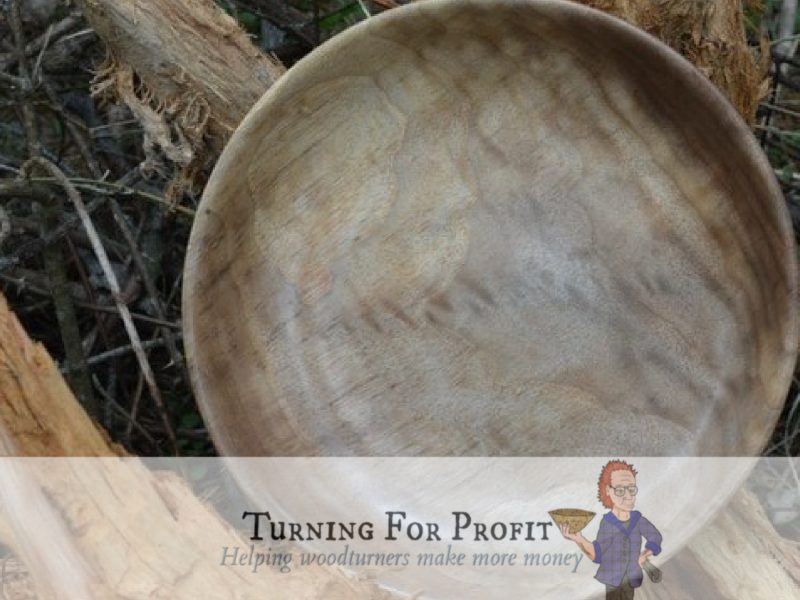


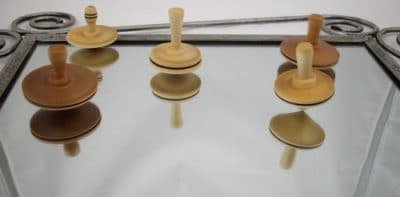
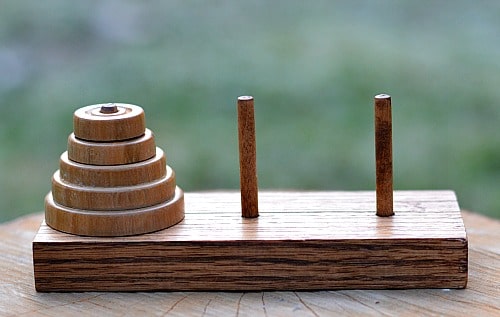
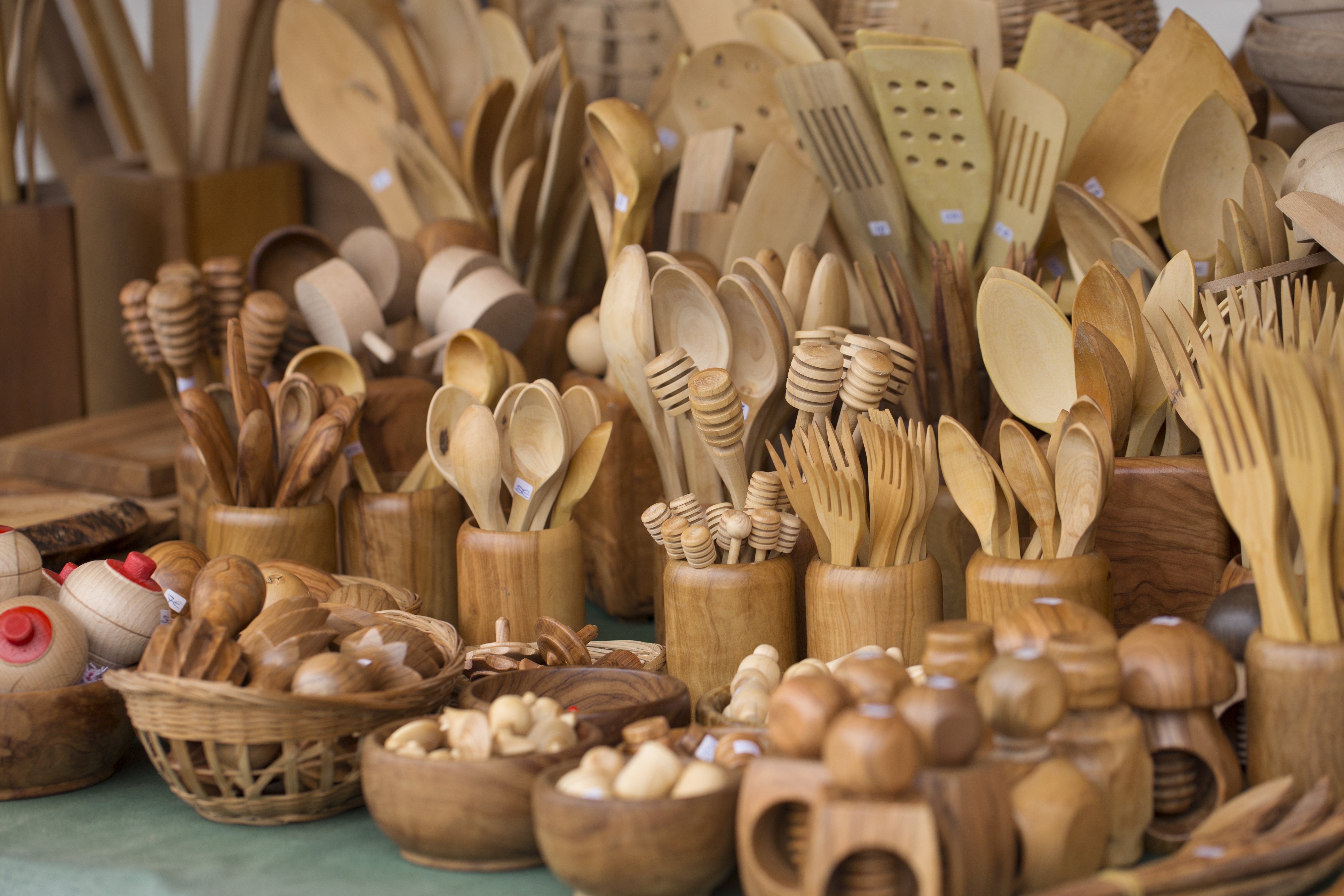
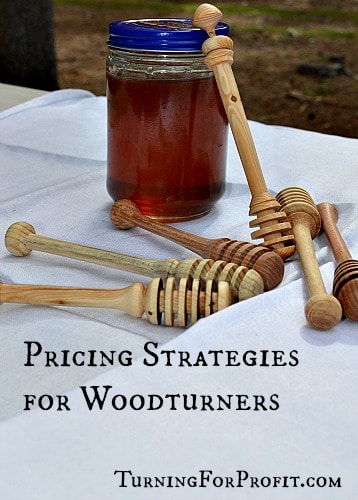
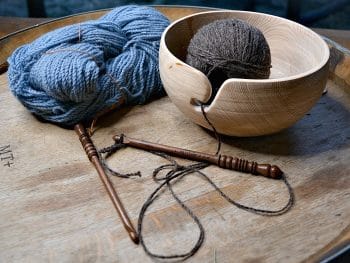
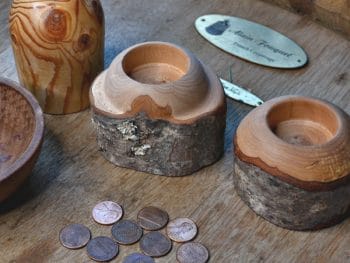
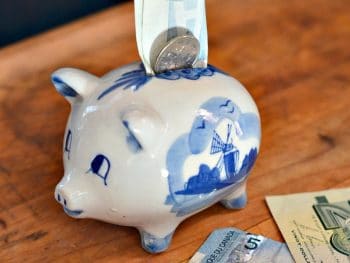
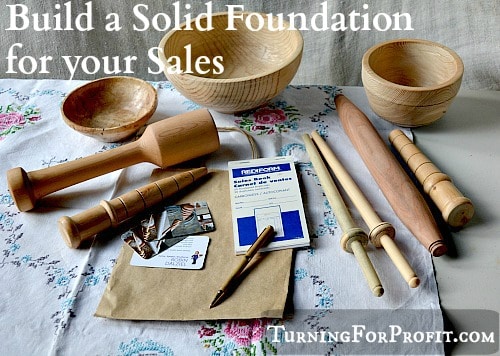
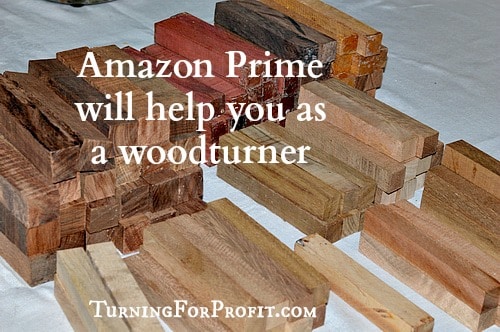
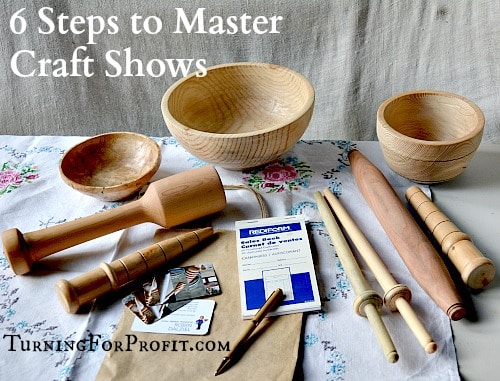
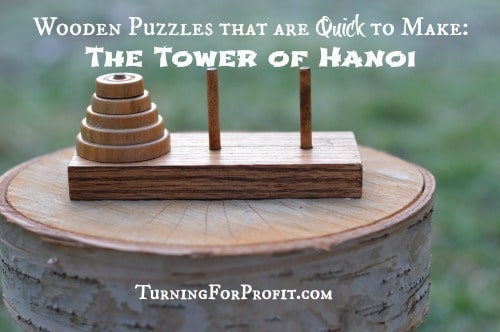
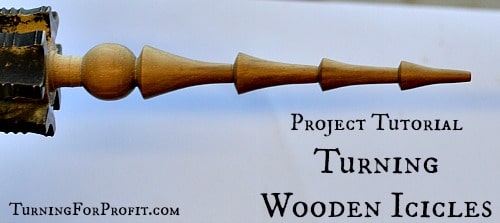




When I have a regular show at a farmer’s market, I have found it best to make a higher volume of certain items for that week and offer a steep discount at 30%. I may not make as much profit at this price, but my work is priced accordingly so that I am still satisfied with the profit I do make and I attract people to my booth and get them to view and possibly buy other items.
That is a really good strategy and thank you very much for sharing.
thank you for writing this I really appreciate it.